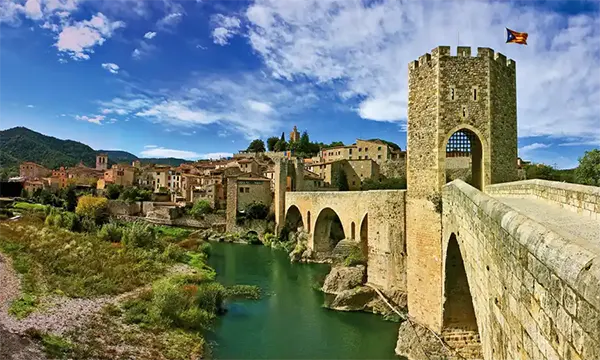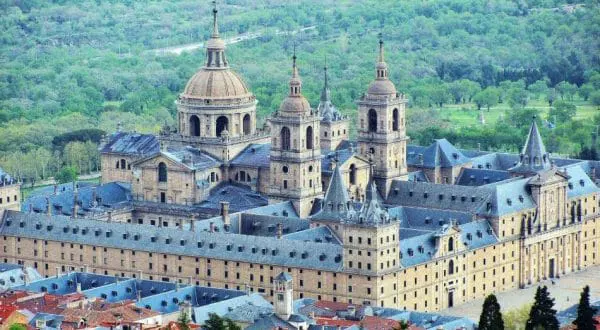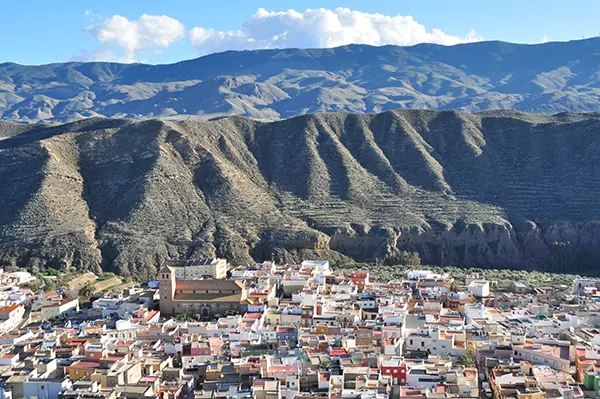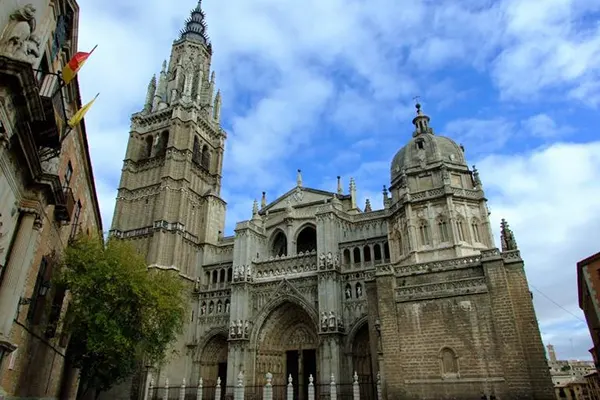Cuéllar Castle in Segovia: A Fortress Where Gothic, Mudéjar, and Ghost Legends Unite
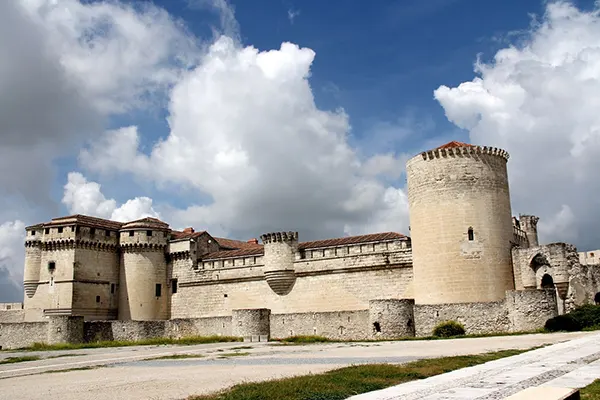
Nestled in the province of Segovia, in the heart of Castile and León, Cuéllar Castle (Castillo de Cuéllar) stands as a stunning and lesser-known gem of Spanish history. Its monumental walls, layered in time and tradition, whisper tales of Moorish artistry, medieval warfare, and eerie apparitions. Built between the 11th and 15th centuries, this fortress has seen monarchs, noble families, and prisoners pass through its gates. Today, it remains a site of cultural heritage, local legend, and architectural fusion that continues to fascinate history lovers and casual visitors alike.
Gothic and Mudéjar Architecture: A Rare Synthesis in Stone
Cuéllar Castle’s striking blend of Gothic and Mudéjar styles is rare even among Spanish fortresses. The Gothic influence is evident in its robust defensive towers, soaring arches, and imposing keep. These were designed for function as much as form, serving as military strongholds during the turbulent periods of Christian reconquest and internal strife.
The Mudéjar elements, however, are what truly set this castle apart. Developed under Christian rule but crafted by Muslim artisans, the Mudéjar style brought intricate geometric brickwork, horseshoe arches, and delicate ornamental patterns into the fabric of the fortress. These touches, often seen in the interiors and courtyards, soften the otherwise stark medieval military architecture.
This synthesis speaks to the layered cultural identity of medieval Spain, where cohabitation between Muslims, Christians, and Jews gave rise to artistic traditions that still captivate the modern eye. In Cuéllar, this legacy remains etched in stone, wood, and plaster.
The Role of the Dukes of Alburquerque
In the late 15th century, Cuéllar Castle became the residence of the powerful Dukes of Alburquerque. They were responsible for many of the transformations that turned the rugged medieval structure into a palatial residence. These included the construction of Renaissance patios, richly decorated halls, and defensive reinforcements.
Their influence also brought political significance to Cuéllar, making the town a seat of noble power and culture. The dukes sponsored religious buildings, governed extensive lands, and turned the castle into a symbol of prestige as well as strength. This noble presence transformed the castle into more than just a military asset—it became a hub of administration, art, and lineage.
Today, visitors can explore the private chambers and restored areas that once housed this influential family. Their legacy, preserved in architecture and documentation, offers a window into the grandeur of noble life during Spain’s golden centuries.
Legends of Ghosts and Unsettled Spirits
Beyond its historical and architectural appeal, Cuéllar Castle is steeped in stories of the supernatural. Locals whisper of spectral figures roaming the halls at night, unexplained sounds echoing through stone corridors, and chilling draughts in windowless chambers. One popular legend speaks of a young woman imprisoned by her own family for defying societal norms—a restless soul said to linger in the keep’s upper floors.
These ghost tales are not mere folklore for the community; they have become part of the cultural identity surrounding the castle. Many locals claim personal experiences of apparitions, while night tours and storytelling events draw visitors eager to experience a thrill of the paranormal.
Such stories, while unconfirmed, add depth and drama to the fortress’s appeal. They intertwine with documented history, reinforcing Cuéllar’s image as a place where past and present coalesce in both solid stone and whispered myth.
Interactive Exhibitions and Paranormal Tourism
To capitalise on its mysterious allure, the town of Cuéllar has developed a range of immersive experiences centred on the castle’s ghostly legends. Night-time tours often include dramatized performances, historical narration, and even light shows that bring these ancient stories to life in creative ways.
Visitors can also take part in escape-room-style challenges, treasure hunts, and historical reenactments that merge education with entertainment. These interactive formats are particularly popular among younger audiences and tourists seeking unique, memorable experiences beyond traditional sightseeing.
Through these events, Cuéllar Castle becomes more than a relic of the past. It serves as a dynamic stage for cultural storytelling, ensuring that history—both factual and legendary—remains relevant and engaging in contemporary times.
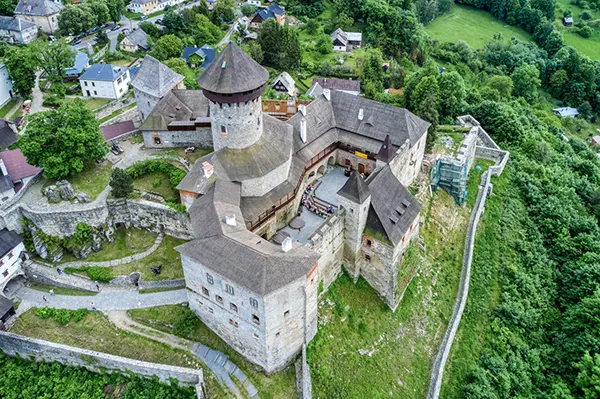
A Living Fortress in the Modern Era
Today, Cuéllar Castle operates as a multifunctional space that embraces its rich history while serving as a hub for education, art, and tourism. It houses a permanent exhibition on the evolution of medieval life and the castle’s strategic role in Spanish history. Guided tours are available in several languages, accommodating the growing number of international visitors.
Moreover, the site regularly hosts art exhibitions, concerts, and cultural festivals, turning the old fortress into a vibrant community space. Educational programmes for schools and universities use the castle as a historical classroom, where students can interact directly with the material remnants of Spain’s past.
In this way, Cuéllar Castle is not simply preserved as a monument—it is animated as a venue for contemporary cultural life, seamlessly blending the ancient with the modern.
Segovia’s Broader Heritage Network
Cuéllar Castle is a jewel within a broader constellation of historic sites in Segovia province. From the iconic Roman aqueduct in the capital city to the Alcázar of Segovia and numerous medieval churches, the region offers a comprehensive narrative of Spanish architectural and social evolution.
The castle is easily accessible by car from Madrid, making it an ideal day trip for those wanting to explore lesser-known historical landmarks. Partnerships with regional heritage organisations ensure coordinated tourism efforts, linking Cuéllar with other cultural destinations in central Spain.
Inclusion in this network helps attract resources for preservation and promotion, ensuring that Cuéllar Castle continues to thrive as a vital part of Spain’s living history. Visitors leave not only with photos but also with a deeper understanding of the complexity and beauty of Spain’s past.

